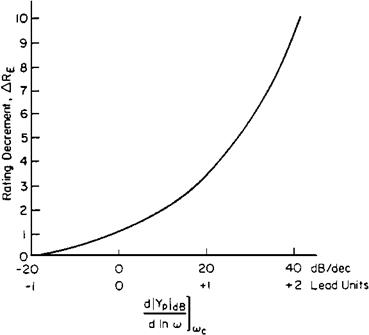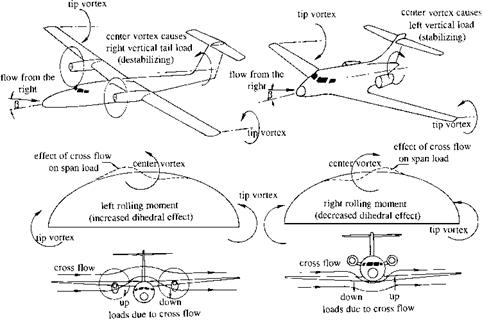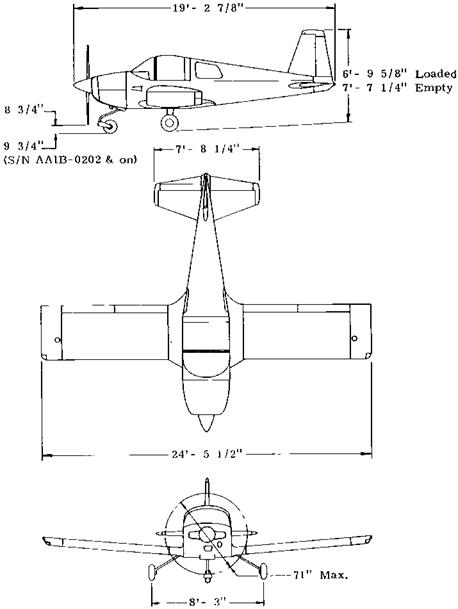Inertial Coupling and Future General-Aviation Aircraft
Inertial coupling has been generally tamed as a potential problem in modern fighter aircraft. Even the most austere of these are equipped with stability augmentation systems that can provide the required feedbacks to minimize excursions in rapid rolls. The McDonnell Douglas F/A-18A is typical in having feedbacks that minimize kinematic coupling in rolls. This means that when the pilot applies roll control, pitch and yaw control are fed in to make the airplane roll about the velocity vector rather than about the longitudinal axis. Thus, angle of attack is not converted into sideslip angle, reducing sideslip in rolls at high angles of attack.
But what about future general-aviation aircraft? The answer is that the problem could conceivably be rediscovered by general-aviation designers the hard way a few years from now, as it was stumbled upon by fighter designers in the early 1950s, some years after the basic theory had already been developed by W. H. Phillips.
There have been a few fighter-type general-aviation designs already, such as the Bede Jet Corporation’s BD-10 and the Chichester-Miles Leopard four-seat jet. The BD-10 is a two-seat kit airplane that weighs 4,400 pounds and uses an engine with a thrust of nearly 3,000 pounds. The flight control system is entirely manual, with no provisions for stability augmentation.
The BD-10 has the classic inertial coupling-prone design: small, thin wings and a long, heavily loaded fuselage. We have only to imagine the advent in a few years of inexpensive, reliable, jet engines in the BD-10’s thrust class, or even smaller. If this happens, designers will certainly produce fast, agile, personal jet aircraft that would be ripe for inertial coupling problems.
CHAPTER 9













